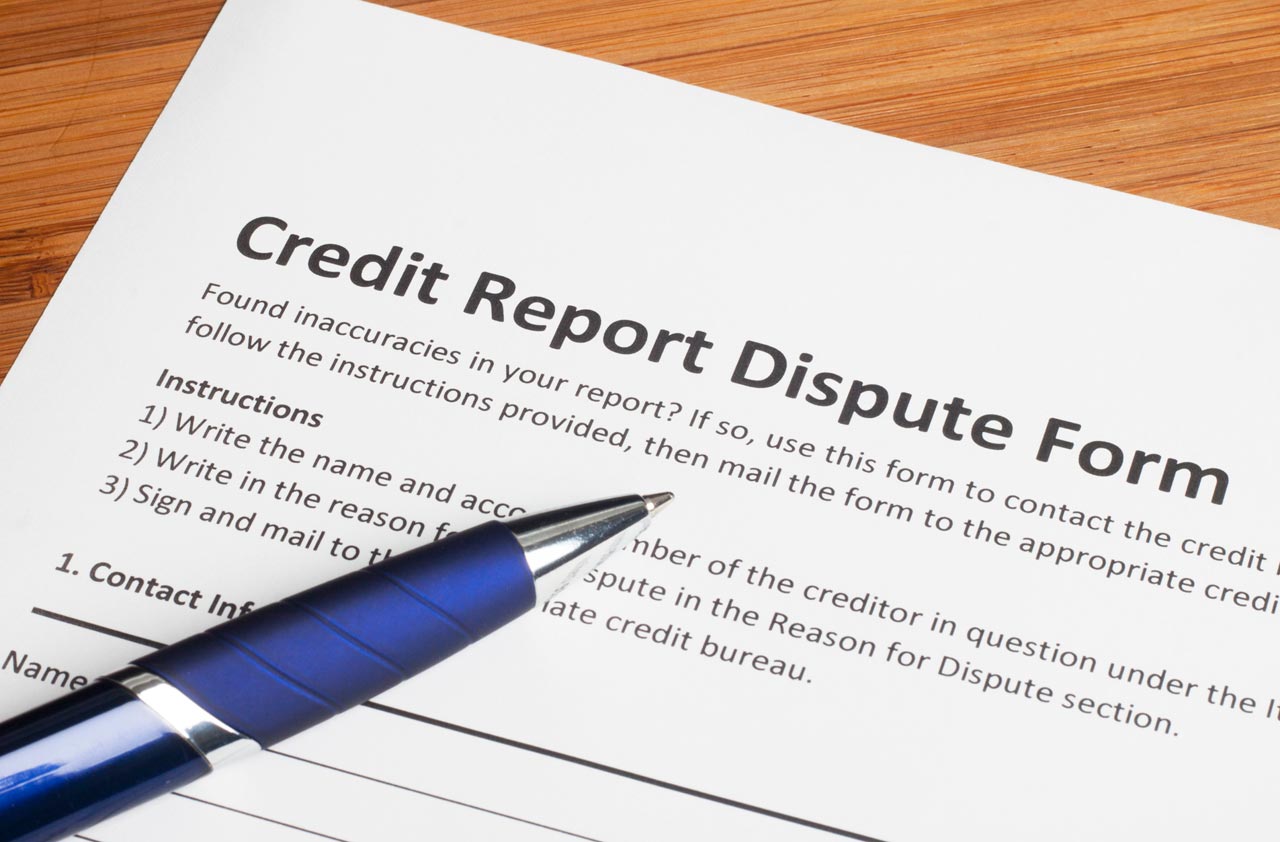The Big Pension Decision Military Service Members Must Make in 2018
Service members who joined armed forces in recent years must decide whether to stay in the military’s old retirement system or join the new one. Here’s how to choose the system that’s best for you.


Question: I’ve been reading about the new military blended retirement system. When do I need to decide whether to switch to the new system, and how can I figure out which plan is better for me?
Answer: If you joined the military from 2006 through 2017, you have from January 1 to December 31, 2018, to decide whether to switch to the new “blended retirement system.” If you don’t do anything, you’ll continue to be covered under the old plan. (People who join the military after January 1, 2018, will automatically be enrolled in the new system, and those who entered the military before 2006 remain in the old system.)
The current military retirement system provides a generous pension—starting at 50% of your base pay every year for life if you stay in the service for 20 years or up to 75% if you remain for 30 years. But if you leave the military before 20 years, you get nothing—and about eight out of 10 service members don’t stay long enough to collect a pension, says Joshua Andrews, USAA’s advice director for military life.

Sign up for Kiplinger’s Free E-Newsletters
Profit and prosper with the best of expert advice on investing, taxes, retirement, personal finance and more - straight to your e-mail.
Profit and prosper with the best of expert advice - straight to your e-mail.
The new system reduces the pension payouts to 40% of your base pay if you stay for 20 years or 60% if you stay for 30 years. But you’ll also get an automatic contribution of 1% of your base pay to the federal Thrift Savings Plan after 60 days of service, and matching contributions for the next 4% of your pay, which you can keep after two years of service. (People who joined the military before 2018 can keep the matching contributions right away without waiting for two years.) The matching contributions continue for up to 26 years of service.
If you don’t plan to stay in the military for 20 years, then you’ll come out ahead with the new system. If you think you may stay that long, compare payouts under the old and new system, and calculate how much you’d need to save in the TSP to make up the difference. Be realistic about the chances that you’ll actually stay for 20 years, says Andrews.
USAA has a calculator that can help active-duty service members and members of the Reserves and National Guard run the numbers. Also see the Defense Department’s Blended Retirement System guide for more information. Members of the Reserves are eligible for the new plan based on the retirement points they have earned—see the Department of Defense’s Reserve Component factsheet for more information.
If you pick the blended retirement system, plan to contribute at least 5% of your pay each year to the Thrift Savings Plan, so you can get the maximum match. “Otherwise, you’re leaving free money on the table,” says Andrews. You can always contribute more than that to your TSP to build up additional retirement savings. “USAA recommends putting at least 10% of your basic pay into your TSP,” he says.
You can contribute up to $18,500 to your Thrift Savings Plan in 2018, plus $6,000 if you are 50 or older. If you receive tax-free income while deployed to a combat zone, you can contribute up to $55,000 to your TSP for the year. For more information about the TSP and other special savings, tax and legal benefits for service members, see 10 Best Financial Benefits for Military Families.
Get Kiplinger Today newsletter — free
Profit and prosper with the best of Kiplinger's advice on investing, taxes, retirement, personal finance and much more. Delivered daily. Enter your email in the box and click Sign Me Up.

As the "Ask Kim" columnist for Kiplinger's Personal Finance, Lankford receives hundreds of personal finance questions from readers every month. She is the author of Rescue Your Financial Life (McGraw-Hill, 2003), The Insurance Maze: How You Can Save Money on Insurance -- and Still Get the Coverage You Need (Kaplan, 2006), Kiplinger's Ask Kim for Money Smart Solutions (Kaplan, 2007) and The Kiplinger/BBB Personal Finance Guide for Military Families. She is frequently featured as a financial expert on television and radio, including NBC's Today Show, CNN, CNBC and National Public Radio.
-
 Who Pays the Most Taxes in the U.S.? Tax Burden by Age
Who Pays the Most Taxes in the U.S.? Tax Burden by AgeTax Burden Polls show that most people feel like taxes are unfair. But which age group bears the brunt of the tax burden in the United States?
By Kelley R. Taylor
-
 Tax Day 2025: Don’t Miss These Freebies, Food Deals and Discounts
Tax Day 2025: Don’t Miss These Freebies, Food Deals and DiscountsTax Day You can score some sweet deals on April 15 in some select restaurants like Burger King, Shake Shack, and more.
By Gabriella Cruz-Martínez
-
 Credit Report Error? They All Matter
Credit Report Error? They All Mattercredit & debt Don't dismiss a minor error. It could be the sign of something more serious.
By Kimberly Lankford
-
 Insurance for a Learning Driver
Insurance for a Learning Driverinsurance Adding a teen driver to your plan will raise premiums, but there are things you can do to help reduce them.
By Kimberly Lankford
-
 Getting Out of an RMD Penalty
Getting Out of an RMD Penaltyretirement When your brokerage firm miscalculates your required minimum distributions, you have recourse.
By Kimberly Lankford
-
 529 Plans Aren’t Just for Kids
529 Plans Aren’t Just for Kids529 Plans You don’t have to be college-age to use the money tax-free, but there are stipulations.
By Kimberly Lankford
-
 When to Transfer Ownership of a Custodial Account
When to Transfer Ownership of a Custodial Accountsavings Before your child turns 18, you should check with your broker about the account's age of majority and termination.
By Kimberly Lankford
-
 Borrowers Get More Time to Repay 401(k) Loans
Borrowers Get More Time to Repay 401(k) Loansretirement If you leave your job while you have an outstanding 401(k) loan, Uncle Sam now gives you extra time to repay it -- thanks to the new tax law.
By Kimberly Lankford
-
 When It Pays to Buy Travel Insurance
When It Pays to Buy Travel InsuranceTravel Investing in travel insurance can help recover some costs when your vacation gets ruined by a natural disaster, medical emergency or other catastrophe.
By Kimberly Lankford
-
 It’s Not Too Late to Boost Retirement Savings for 2018
It’s Not Too Late to Boost Retirement Savings for 2018retirement Some retirement accounts will accept contributions for 2018 up until the April tax deadline.
By Kimberly Lankford